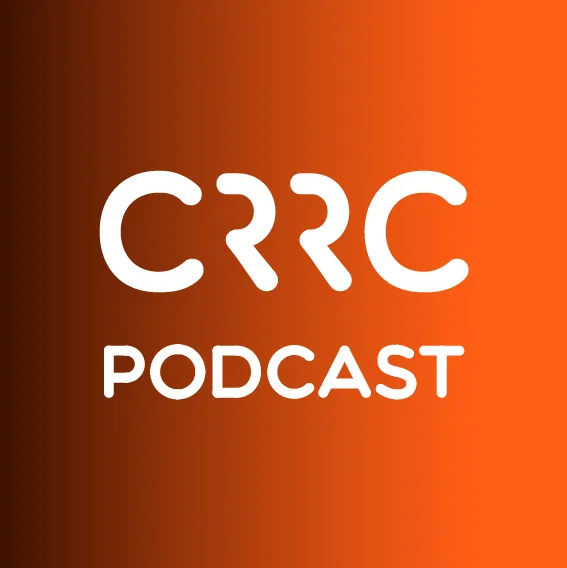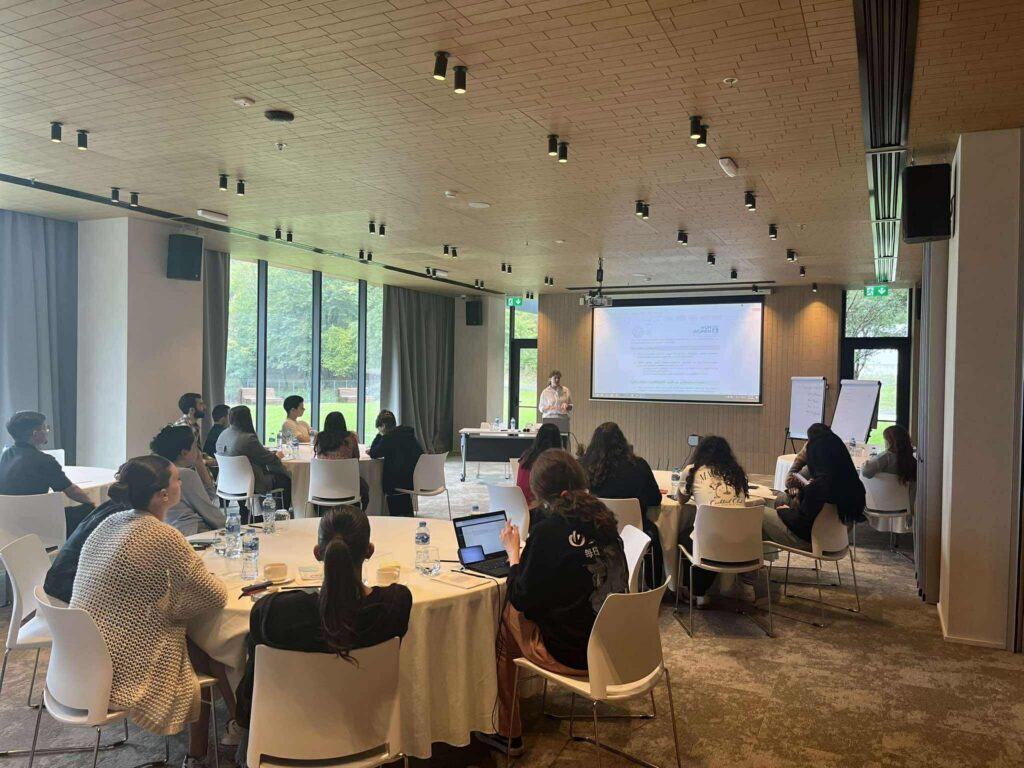The Urban Institute, with the help of IPM, just finished a summative survey of their “Georgia IDP Voucher Program,” funded by the US State Bureau of Population, Refugees and Migration. (N.B. a voucher is a promised subsidy towards the cost of purchasing a home). The Program aimed to resettle IDPs from Abkhazia and provide them with long-term housing solutions. The project was a piloted and carried out in the Kutaisi area. There seems to be some buy-in from the government to continue the program itself.
An interesting result related to family networks emerged from the presentation. The average income of those households who successfully converted their housing vouchers into the purchase of a residence is only 151 Lari a month and over 80% of successful households are unemployed. However, more than 45% of the successful group put in an average of $1,980 on top of the money (averaging $3,750) provided through the grant program to either purchase a more expensive residence or carry out capital improvements. Those who were unsuccessful had substantially lower incomes (much lower than the national IDP average).
SO, where’s the money coming from? I asked the Chief of Party whether he thought IDPs who had successfully bought houses were lying about their income data (it’s notoriously unreliable in this part of the world and rarely matches expenditure data). He said he had no information to prove or disprove this. However, the survey showed that most respondents claimed that they were receiving money either from relatives either abroad or inside Georgia.
Such a finding makes sense. IDPs will have strong networks outside and inside Georgia, since the population from Abkhazia was dispersed. This means that poor IDPs may often have a rich relative or close friend to ask for help. Additionally, property is often seen as a good investment in Georgia (since most Georgian view most other investments as too unstable) and networks may especially be willing to help with property.
On a small methodological note, one of the problems raised about the survey was that since the program had been run for two years, IDPs had been in their new housing for different amounts of time, yielding different results.
Please contact us for the PowerPoint presentation if you are interested.







